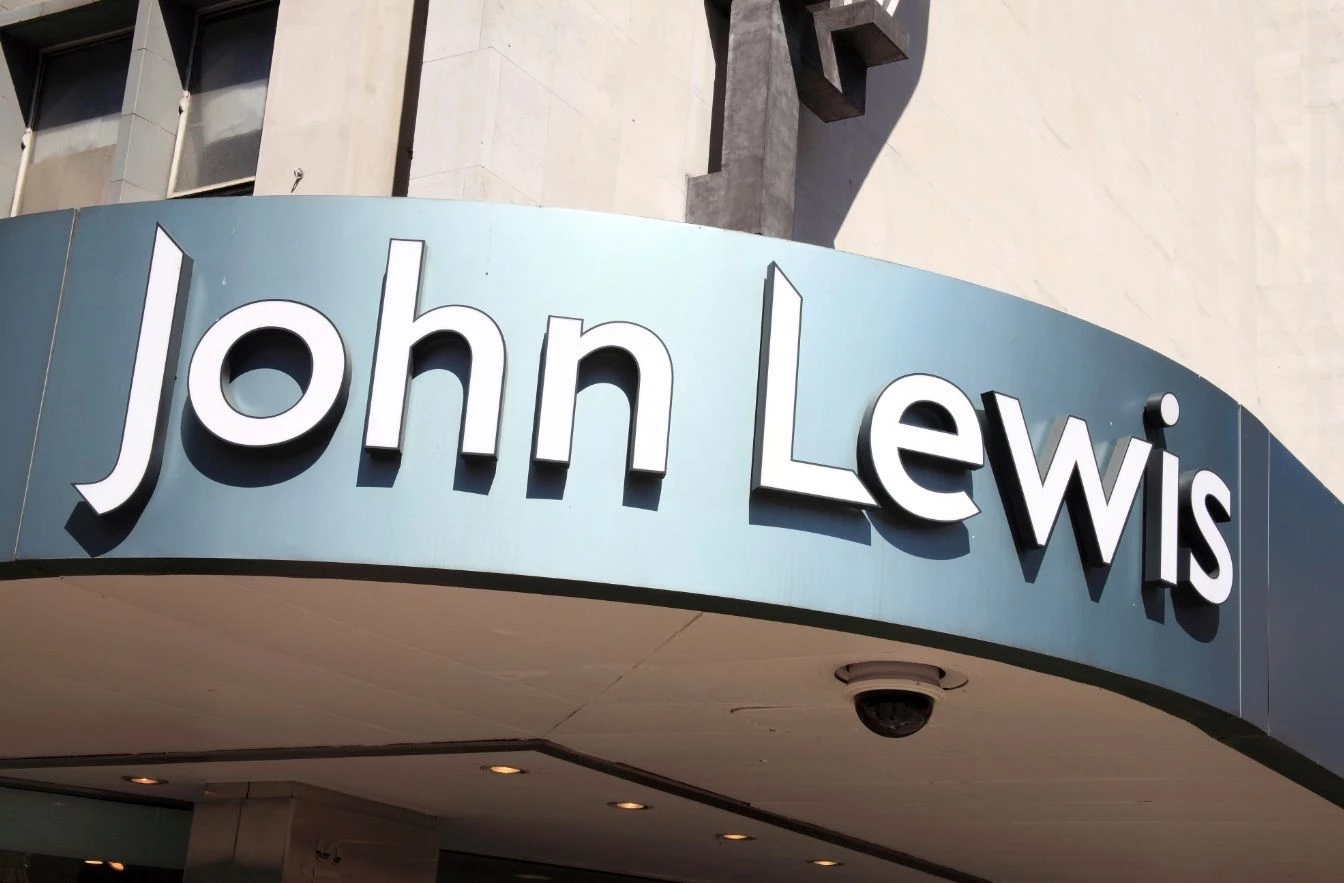
Partner Article
Why can’t everything be like John Lewis?
It’s that time of year again: nights are drawing in, fires are being lit and we’re all snuggling up on the sofa to watch the latest John Lewis Christmas advert.
Just saying the name ‘John Lewis’ gives you a warm glow, conjuring up images of enthusiastic staff talking knowledgeably about pocket-sprung mattresses whilst calling you “Sir” or “Madam”, a place where all is right with the world. Well, the Government clearly thinks so as it wants to encourage more companies to use the employee ownership structure famously adopted by John Lewis, where all staff have a stake in their business.
Why issue staff shares?
According to the Nuttall Review of Employee Ownership, businesses with a significant proportion of their shares held by staff are more resilient in tough economic times and provide benefits to both employees and employers. However, the Review identified various barriers to greater employee ownership within the UK and the Government has been taking steps to break these down over recent months.
Forms of employee ownership
Employee ownership can take one of two basic forms: either it can be direct, with employees holding shares individually in their own names, or it can be indirect, with shares being held collectively on behalf of staff via an employee trust. One of the problems with the direct model is what happens when an employee leaves: if they retain their shares then, over time, the benefits of employee engagement will be lost as more and more shares end up in the hands of people no longer connected with the company. To avoid this, companies will often seek to buy-back the shares of a departing employee and last year the statutory regime for such a buy-back was relaxed in order to make it easier for companies to ensure that their shares remain available to incentivise current staff.
To encourage more businesses to adopt the John Lewis structure, the Government published Model Documentation and Guidance explaining how an appropriate constitution could be implemented in practice. This incorporates the indirect model of employee ownership, using an employee benefit trust, but also allows for shares to be held directly by staff giving companies greater flexibility on how they engage their workers in the long-term prospects of their business.
Will this business structure take off?
It remains to be seen how many companies will make the change to employee ownership, either utilising the new model documentation or via other more established methods such as share option schemes or long-term incentive plans.
It has to be remembered, however, that having an ownership structure like John Lewis won’t automatically bring with it the public confidence instilled in that famous brand.
James Madill, Real Estate lawyer and retail expert at top 50 law firm, Gateley, suggests: “The jury is still out in part on whether John Lewis’ success is largely attributable to its ability to incentivise staff/customer interaction through employee engagement or whether it’s just the company’s focus on the customer experience, which, as everyone knows, is exceptional.”
“A perception in the industry is that employee ownership is still not widespread due to it being cumbersome and complex for employers to implement successfully.”
For some companies, a wider review of their business model and practices may be needed before we all look forward to spending our Saturday afternoons cocooned in their duvet of customer service.
This was posted in Bdaily's Members' News section by Gateley LLP .
Enjoy the read? Get Bdaily delivered.
Sign up to receive our popular morning National email for free.








 Apprenticeships: Lower standards risk safety
Apprenticeships: Lower standards risk safety
 Keeping it reel: Creating video in an authenticity era
Keeping it reel: Creating video in an authenticity era
 Budget: Creating a more vibrant market economy
Budget: Creating a more vibrant market economy
 Celebrating excellence and community support
Celebrating excellence and community support
 The value of nurturing homegrown innovation
The value of nurturing homegrown innovation
 A dynamic, fair and innovative economy
A dynamic, fair and innovative economy
 Navigating the property investment market
Navigating the property investment market
 Have stock markets peaked? Tune out the noise
Have stock markets peaked? Tune out the noise
 Will the Employment Rights Bill cost too much?
Will the Employment Rights Bill cost too much?
 A game-changing move for digital-first innovators
A game-changing move for digital-first innovators
 Confidence the missing ingredient for growth
Confidence the missing ingredient for growth
 Global event supercharges North East screen sector
Global event supercharges North East screen sector